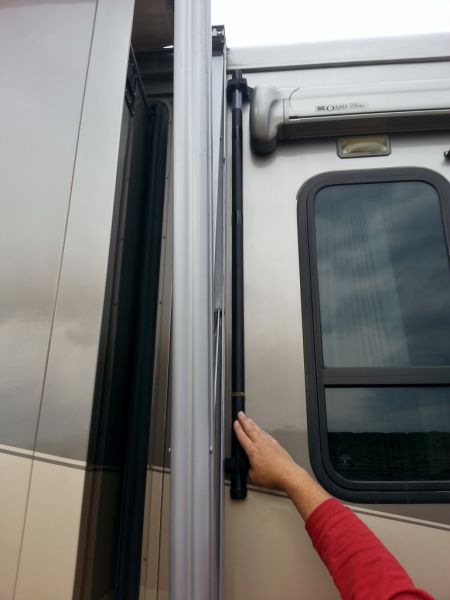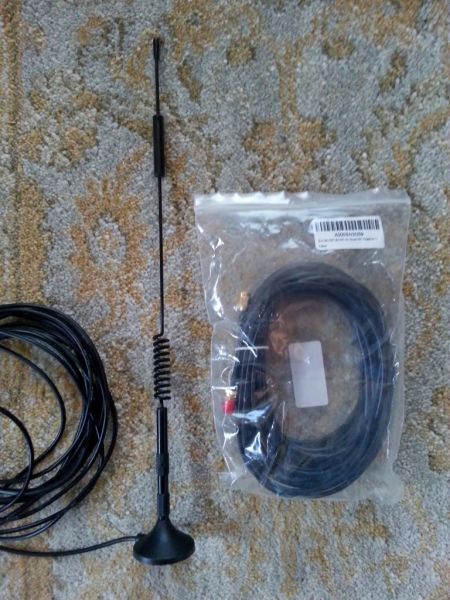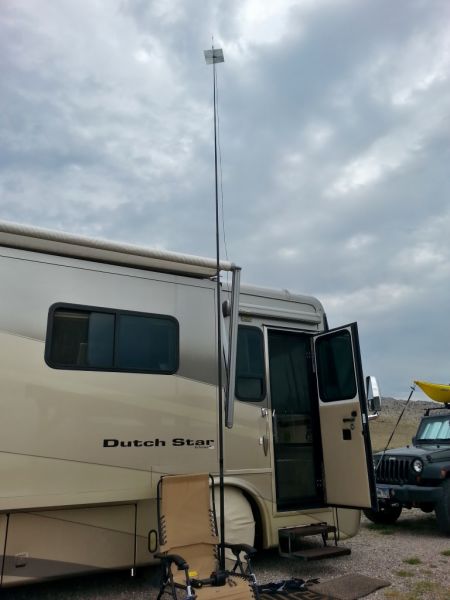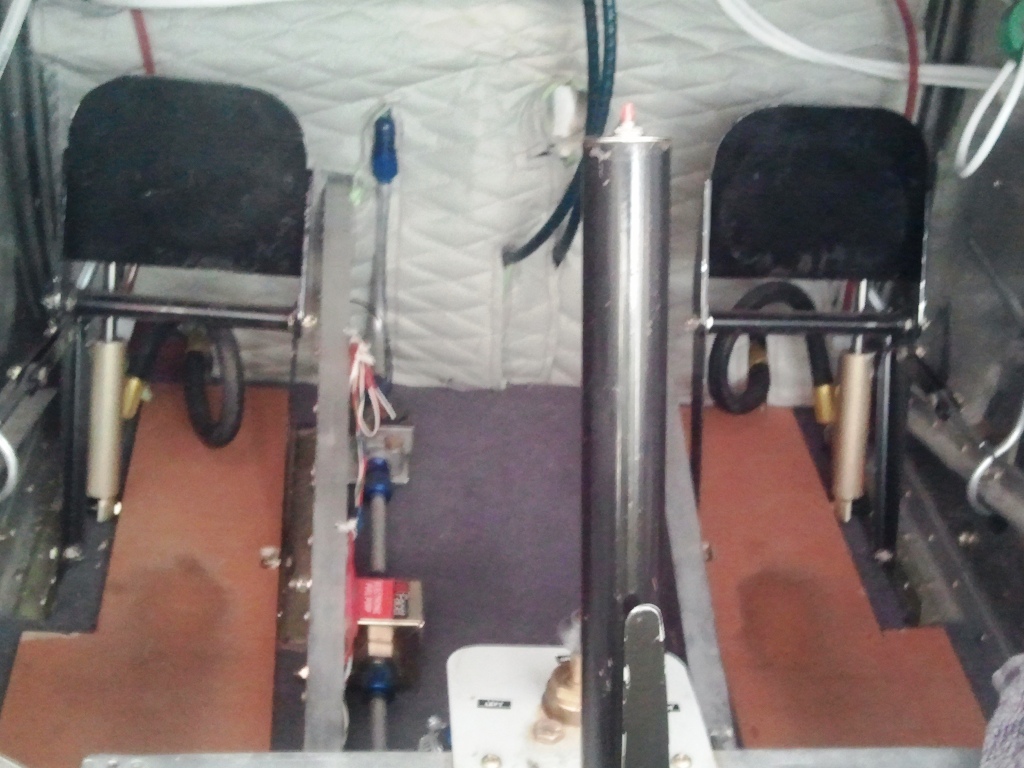As you probably already know, I am a working full-timer (software engineer) and need to be connected to the Internet most of the time to do my job. I spend the majority of my time dry camping/boondocking so relying on Wifi is simply not an option (even if you could find it and the performance was reasonable). So, I concluded long ago that the only affordable option for me is cellular data (mobile data, Mifi, etc…, all the same thing).
Here in the western part of the USA, Verizon has the best coverage available from a cellular provider and that coverage is pretty good. However; there are a few places where issues can occur. The most typical is being in a hole. Many good camping spots are in low spots next to rivers and streams or in canyons – this is my definition of a hole. Cellular signal is line of sight so getting down into these holes is very difficult (impossible).
I wrote about my experience with the Wilson Sleek amplifier here. It makes a big difference but to maximize the potential, a better antenna mounted way up high in the air would be helpful.
I ordered a 20′ Jackite fiberglass pole. Typically, these poles are for mounting windsocks and those bird-kite things. I selected the 20′ model as I expect to mount it 5-8′ off the ground and that the last section will be too small/light to hold an antenna and ground plane. So, I think this will put the antenna itself just over twenty feet in the air. Obviously, for maximum performance, raising the antenna to fifty feet would be better, and, of course, one hundred feet would be better still, and, of course, two hundred feet would be even better… I had to choose a limit and twenty feet sounded reasonable – at least for phase one of this experiment.
My original plan was to mount an antenna to some sort of extendable pole and mount that to JBAM (my motorhome).
A long length of RG174 coax cable with SMA connectors is necessary. I ordered one thirty feet (9 meters) long. This will connect the omni antenna on the pole to the Wilson Sleek amplifier.
Next, I needed the “better” antenna. I chose the 12″ 800/1900 MHz dual band omnidirectional antenna from Wilson.
Finally, a nice long 1/4″ x 6″ bolt and small piece of flashing from Lowes finished the parts list.
The flashing will be the ground plane. It came as an angle so I had to unbend it, drill a hole, and attach the bolt. The bolt then slides into the second from the top piece of glass tubing in the Jackite pole. This is a semi-loose fit so it can easily be removed. My thinking is that this long bolt will be plenty to hold the ground plane with the antenna stuck to it in moderate winds. When the winds are worse than moderate, I will take the antenna down. At least that’s the plan.
I had originally thought that I would permanently mount the Jackite pole to the outside of my coach and simply lower it when I travel. I have now reconsidered. After searching for a good spot to mount the pole, I have decided against this. I can imagine all sorts of problems occurring. Instead, I decided to go with these handy Quick Fist rubber mounts (the 1″ to 2.25″ model).

At this point I am undecided if I will permanently mount the grips. I don’t really care for the idea of drilling holes in the side of my coach. I may mount the grips to the aluminum awning brace (the part permanently mounted to the side of the RV, not the part that moves). For the time being, I am simply securing the pole to the side of the motorhome in a very, very crude fashion – we are still in prototype test mode!
So, does it work?
I am happy to report that it does work. I have not yet measured the difference but it is certainly observed. More updates to follow!








Have you tried satellite? I used Direct several years ago and found it reasonably adequate, and have heard that it’s gotten even better recently.
-john-
Hi John, The last time I checked into satellite Internet (the satellite TV style, not sat phone style), they only supported a permanent installation. It would be interesting to know if that that has changed, the problem is the satellite tv companies are nearly impossible for me to communicate with – always a very frustrating experience. I don’t have the mental fortitude to try again at this point in time.
JD, did you consider a directional antenna?
Hi Scott, I looked into them but found issues with knowing which direction to point it. There are some apps to help with this (where the cell towers are located) but my very preliminary look did not leave me impressed (can’t remember the exact details now) so I went with omni.
Now that I think about it, I think the issue was that there were maps to tell you where the nearby cell towers were but there wasn’t anything to tell you exactly which tower was presenting the best signal. When up in the mountains, that is important. Seems like I thought I could spend a lot of time messing with getting a signal each time I setup and I didn’t care for that thought. I would not be surprised if this has improved since I looked into it.
JD, yes, short of a lottery win I won’t be using satellite either so next best is high gain cell and wifi antennas. Don’t know if you’ve shopped lately but there are some very high gain omni antennas now that don’t need a ground plane and (I believe) will outperform the one you’re using – if you have any need for improvement .
JD,
Also, I’m pretty sure that satellite internet can use either a portable/manual dish or permanent rooftop automatic dish. I think rooftop runs upwards of $5K but pretty sure I read somewhere the portable is under a grand. Still have the high data charges for either.
Thanks Scott. Yeah, the data charges are what ruins this approach for me. Last time I looked (couple years ago), I think they charged something around $10 per Megabyte. That is just too expensive for me and my use.